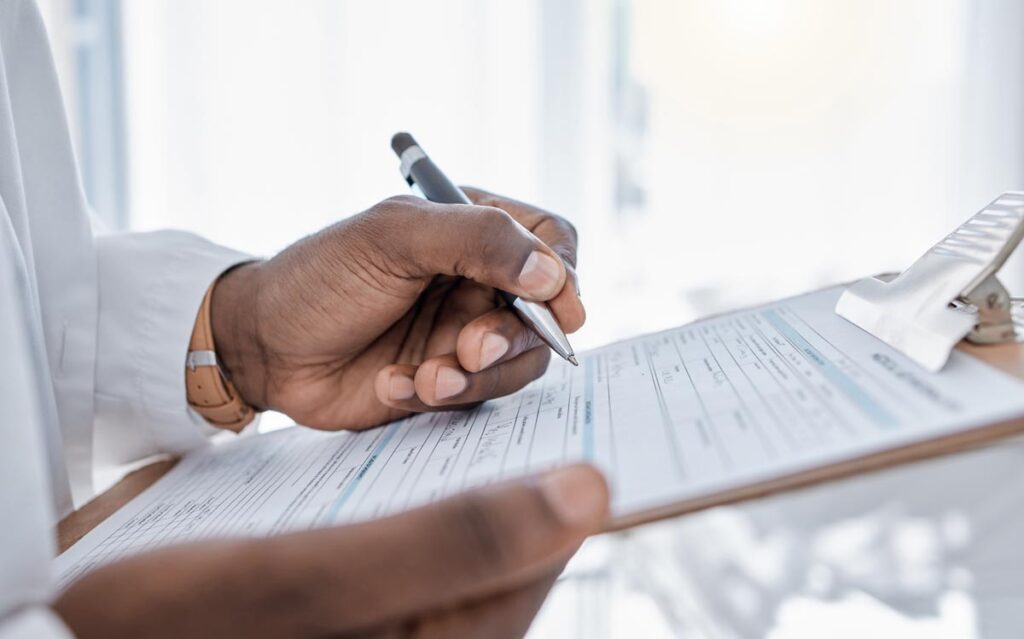When it comes to effective behavioral therapy, intervention, and counseling, writing concise and informative notes can avoid clinical errors and misunderstandings between providers and patients. There are numerous templates that may help you learn how to write BIRP notes that can help facilitate communication between busy providers, provide valuable insight regarding patient care, and streamline the continuity of care. Behavior, intervention, response, and plan (BIRP) notes are a critical part of your business. Having the best CRM for behavioral health providers can help you manage your business better. Contact Sunwave Health today online or by calling us at 561.576.6037 to learn about how to write BIRP notes faster and how our software can enhance your organization’s workflow.
What Is a BIRP Note?
Before your providers can worry about learning how to write BIRP notes faster, it’s helpful to have a complete picture of what BIRP notes are and the role they often play in mental health documentation. As mental healthcare professionals create records of their patient’s progress and treatment plans, they may use behavior intervention response and plan notes to effectively record progress and other essential information. The BIRP acronym refers to four distinct sections: (B)ehavior, (I)ntervention, (R)esponse, and (P)lan.
The BIRP framework separates each progress note into four sections:
- Behavior – A patient’s presenting problem(s)
- Intervention – The techniques and methods applied, as well as the broader intervention categories that they fall into
- Response – How your patient responds to the therapy, the approaches used, etc.
- Plan – A holistic plan for the treatment that will address goals and outcome objectives
The structure of BIRP allows for efficient, accurate note-taking during or after mental health treatment sessions. The results can be consistent formatting that will allow for easy and clear communication between a patient’s various healthcare providers.
How to Write BIRP Notes
Having a standardized BIRP note format that can be used as a checklist for your organization’s progress notes can help different providers understand the information and better care for patients. Behavior intervention response and plan notes can help maintain consistency when multiple organizations and providers are collaborating on mental health treatment and care. Here’s how to write BIRP notes faster as well as better:
Behavior
This section should be used to identify and document long-term presenting problems and the patient’s current presentation on the day. This can help to justify the medical necessity of the provided service. The type of therapy being employed and the location of the session can also be documented here.
Intervention
As you learn how to write BIRP notes, the intervention portion is where you will want to capture specific interventions, such as supportive counseling or cognitive-behavioral therapy (CBT). Clinicians are encouraged to use verbs to better communicate the actions being taken to achieve a patient’s treatment goals.
Response
For each intervention outlined above, a response should be included in this section of a BIRP note. Responses from a patient or their support person can be detailed here as well to make the documentation as comprehensive as possible.
Plan
Finally, your team members will want to include the next appointment’s clear and specific goals. An outline for the follow-up session can be detailed under the plan section.
Learn More at Sunwave Health
If your organization is working in a multi-provider practice, or regularly collaborates with other medical providers, BIRP notes can be a useful tool. Sunwave Health’s CRM for healthcare providers can help your business develop a functional framework for BIRP notes. This will go a long way to making your facility run smoother and care for patients better. Learn more by calling us 561.576.6037 or reaching out to us online today.



